Featured in Savvy Money Daily – Authored by Jean Chatzky
There’s a saying you’ve probably heard before about the few absolutes there are in life: None of us will live forever and taxes are practically unavoidable. We should add one more: Almost everyone needs a budget, even if they don’t know it yet.
In our nation’s current economic environment, with inflation hovering at a 41-year high, it’s undeniable that our incomes don’t stretch as far as they used to. So it’s not surprising a May 2022 Gallup poll found that U.S. residents are more likely today than a year ago to report being “very” or “moderately worried” about various portions of their finances.
America’s money woes have increased when it comes to paying monthly bills, which was up eight percentage points to 40% in the May Gallup survey, and maintaining the standard of living they now have, which was up seven points to 52%. Concerns also have risen regarding someone’s ability to pay the rent or a mortgage from 30% to 35% and on having enough money for retirement, something 63% of those polled said they worry about now.
Here’s the thing. Research also tells us that millions of people still don’t track their monthly spending habits by using a budget. And while we know it can be challenging for some people to focus on where all of their money goes, that simple awareness can make them better at adjusting their spending so they can save for a brighter financial future.
While creating a budget doesn’t have to be complicated, it does need to be realistic and workable. Here are a few strategies for steering clear of some common budgeting mistakes:
Assuming Tracking Spending is Tricky
In its most basic form, budgeting is a matter of figuring out where you are, and where you want to be when it comes to money. You need to ask yourself how much you’re bringing in each month, how much goes out each month – and when you spend, where it’s going. Once you get the hang of it, you may actually enjoy telling your cash what to do every week instead of being mystified, month after month, when your account is drained.
Lucky for us technology makes it easy, even at 2 a.m., to check balances and almost everything else regarding our financial lives. If you haven’t signed up for online access or the app from your financial institution, get on it. Those with access to the SavvyMoney tool also can have all of their financial information at their fingertips.
Underestimating What You Bring In
When exploring pay stubs, financial statements and credit card bills, really take the time to understand exactly what you’re being paid after taxes, and what you are spending money on. This can be crucial to getting out of debt, and will also help you find money you can save for the future. Peruse your recent credit card statements to see what you spent money on, and then track your spending for the next month. And when we say track your spending, that means every single time you take your wallet out, tap your debit card or send a Venmo payment – whether it’s for $3 or $30, write it down or make a note on your smartphone. What you’re spending on might surprise you – and if it does, that tells you where you can start making financial adjustments.
Another tip: How much you’re bringing into your household monthly should include take-home pay, and any other sources of income you may have. Do you have an Etsy shop or vacation rental? Do you sell old typewriters on eBay? Count everything. If it varies, figure out the average from the past year to give yourself a better idea of what you’re working with.
Not Paying Yourself First
While you may not think you can afford to save, we know you can’t afford not to. Some people choose to set money aside each month into savings before paying other bills. If that won’t work for you right now, it’s still vital to pull out even a small amount of your take-home pay and place it into a separate account. Start small and work up to a larger amount over time.
Borrowing From Savings
While you can borrow from one spending category to fund another, you should not borrow from savings. If you have to, take on a part-time job to bring in more cash, and place that extra money into a separate savings account. That will help you get back on track to financial security.

